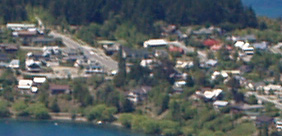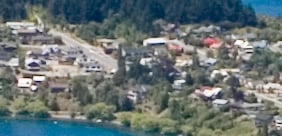Olympus E-400 with Zuiko Digital 14-42mm f3.5-5.6 ED
-
-
Written by Gordon Laing
Outdoor scene - Olympus E-400 vs Canon EOS 400D / XTi vs Panasonic L1
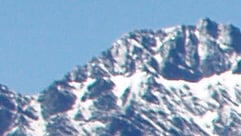
|
Olympus E-400 Using ZD 14-42mm |
Canon 400D / XTi Using EF-S 18-55mm |
Panasonic L1 Using Leica 14-50mm | ||
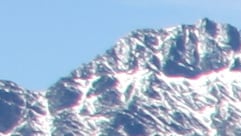 |
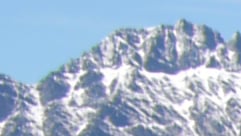 | |||
1/250, f8, 100 ISO |
1/250, f8, 100 ISO |
1/250, f8, 100 ISO | ||
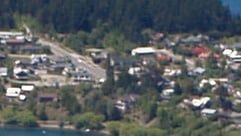 |
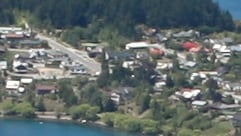 |
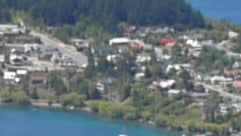 | ||
1/250, f8, 100 ISO |
1/250, f8, 100 ISO |
1/250, f8, 100 ISO | ||
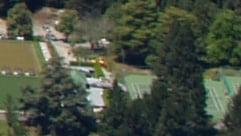 |
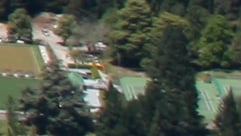 |
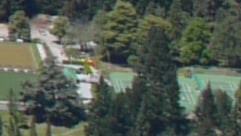 | ||
1/250, f8, 100 ISO |
1/250, f8, 100 ISO |
1/250, f8, 100 ISO |
|
Judging from the samples above, the Olympus E-400 is capable of recording roughly the same degree of detail as the Canon EOS 400D / XTi when both are using their respective kit lenses. The Olympus and Panasonic samples of the mountain also exhibit less colour fringing than the Canon kit lens, which is especially impressive when you consider the Canon captured a wider 3:2 image, so its particular crop was taken further from the extreme corners. As seen in our other Canon 400D / XTi tests, its kit lens suffers with detail in the corners which is most visible on the trees in the final row of crops. Again the Olympus and Panasonic resolve greater foliage detail – and again despite being taken from an area closer to the edges of their frames. Overall, a good result for the Olympus E-400 and its kit lens. Under real-life conditions, it’s clearly comparable with arguably it’s biggest 10 Megapixel DSLR rival and in some optical respects beats it. |
|
Olympus E-400 JPEG versus RAW comparison
| |||||||||||||||||||
Outdoor / Resolution / Noise / Noise 2 / Corner sharpness / Fringe & macro / Geometry / Vignetting
To compare real-life performance we shot the same scene with the Olympus E-400, Canon 400D / XTi and Panasonic L1 within a few moments of each other using their best quality JPEG settings and 100 ISO sensitivity.
Each camera was fitted with their respective kit lenses: the Olympus ZD 14-42mm, Canon EF-S 18-55mm and Leica 14-50mm. The 400D / XTi captured a wider 3:2 frame, but the focal length of each lens was adjusted to deliver the same vertical field of view.
The image above was taken with the Olympus E-400 at 21mm f8, with a sensitivity of 100 ISO; the original SHQ JPEG measured 7.06MB; the Canon 400D / XTi and Panasonic L1 images were taken with the same exposures and measured 4.57 and 4.80MB respectively.
The crops are taken from the upper left, center and lower right portions of the originals and presented here at 100%.
